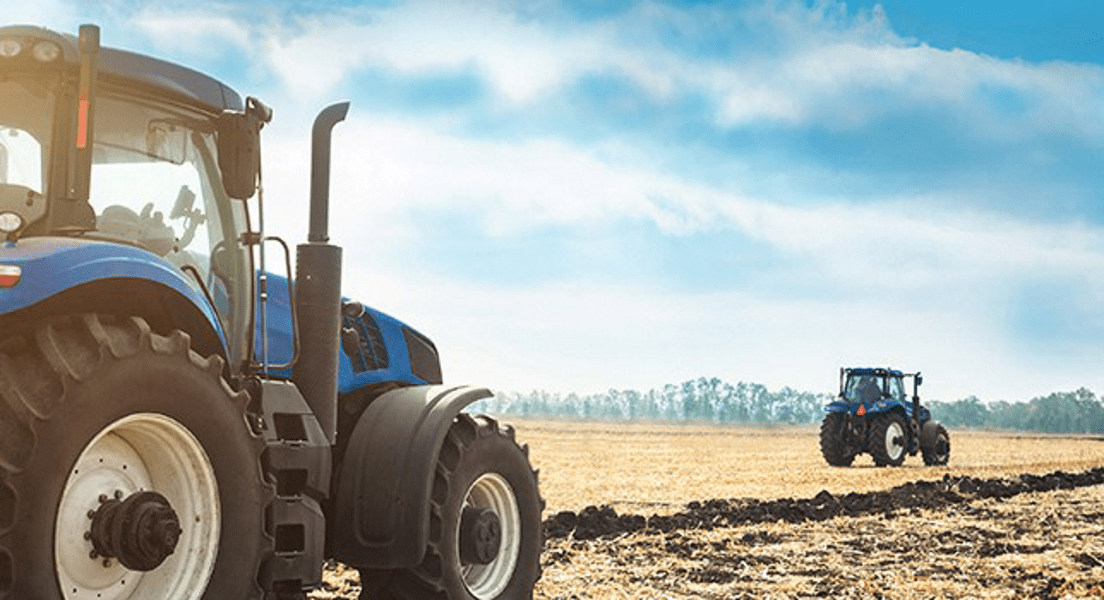Market Report
The Future of Global Tires to 2022

The global tire market is well positioned for further growth as it adapts to meet challenges across a complex matrix of tire types, end uses and regional markets.
The Future of Global Tires to 2022 estimates the overall market to reach over 2.2 billion units by 2017 with volume growth is expected to continue, at a 3.4% compound annual rate from 2017 through to 2022; in 2022 total global industry tire volume is seen as approaching 2.7 billion units.
Value will grow somewhat faster due to a firmer raw material price outlook than in the recent past. 2017’s market value of $223 billion will rise to $267 billion in 2022, at a 3.7% annual compound growth rate. The drivers of growth are best seen in tire types and end uses, grounded by the mature and traditionally technologically advanced markets (such as the US, Western Europe and Japan), but increasingly dominated by volume and innovation in emerging markets in Asia, primarily China. Premium and high performance tire growth in North America and Europe will remain a strong positive influence on growth.
Tracking growth of tire market volume, the global consumption of raw materials by tire manufacture is showing continued growth from 2017’s estimated 45.2 billion tons. Growth is approximately 3.8% per year, to 54.5 billion tons. The share composition of materials used is remaining fairly stable through to 2022, with exceptions for some of the materials finding greatest use in energy (or green) tires where low rolling resistance (RR) continues to gain in importance. With RR reductions increasingly sought by vehicle manufacturers and end users (like fleet operators, or light vehicle consumers influenced by tire labelling), highly dispersible (HD) silica (or HDS) will become an increasingly important raw material (along with other material innovations).
Although already well established in some regions and sectors, there is still considerable scope for further expansion of this fuel- and emission-saving technology. HDS is expected to grow significantly faster than all other raw materials: almost 10% per year through to 2022. Similar growth is occurring in silane coupling agents, where further innovations are being pursued. Highest growth is seen in regions with the most potential for further penetration of low RR tires, such as Asia-Pacific. Growth will be slowest in Europe, where the low RR technology is most established – but will still find support as tire labelling and associated regulations come into full effect.
Tire type segmentation at the whole industry level corresponds somewhat, but not entirely, to tire end-use application. General tires account for the bulk of passenger (car, light truck, motorcycle) and goods (medium and heavy trucks, buses) transportation. These are relatively undifferentiated, non-speed-rated, lower tier, mostly replacement tires for the over-the-road mass markets of light vehicles, trucks, buses and motorcycles, particularly in large but still developing markets (especially China and India). They are still about four-fifths of the market, but this share is steadily declining. Growing much more rapidly are specialty tires, which include high-performance (or speed-rated) and premium versions of tires for the major ground/over-road end uses, as well as more specialised types such as energy (or green, or low rolling resistance – LRR) tires, run-flats and winter tires. The very small (in volume, though more important in value terms) OTR (off-the-road) tires and aviation are also growing at an above-average rate.
The segmentation of the global tire market by end use provides the most straightforward way of understanding the drivers of tire demand. The passenger car and light truck share remains dominant, but faster growth can be seen in motorcycles and the three end uses that comprise OTR types. Declining slightly in market volume in 2022, the passenger car and light truck segment is characterised by strong pressures to meet OEM fuel economy regulations and consumer labelling
Notes for Editors
The Future of Global tires to 2022 is available to purchase. For more information download the report brochure.
For press enquiries or a more detailed article, please contact Julie Bostock:
Tel: +44 (0) 1372 802 035
jbostock@smithers.com